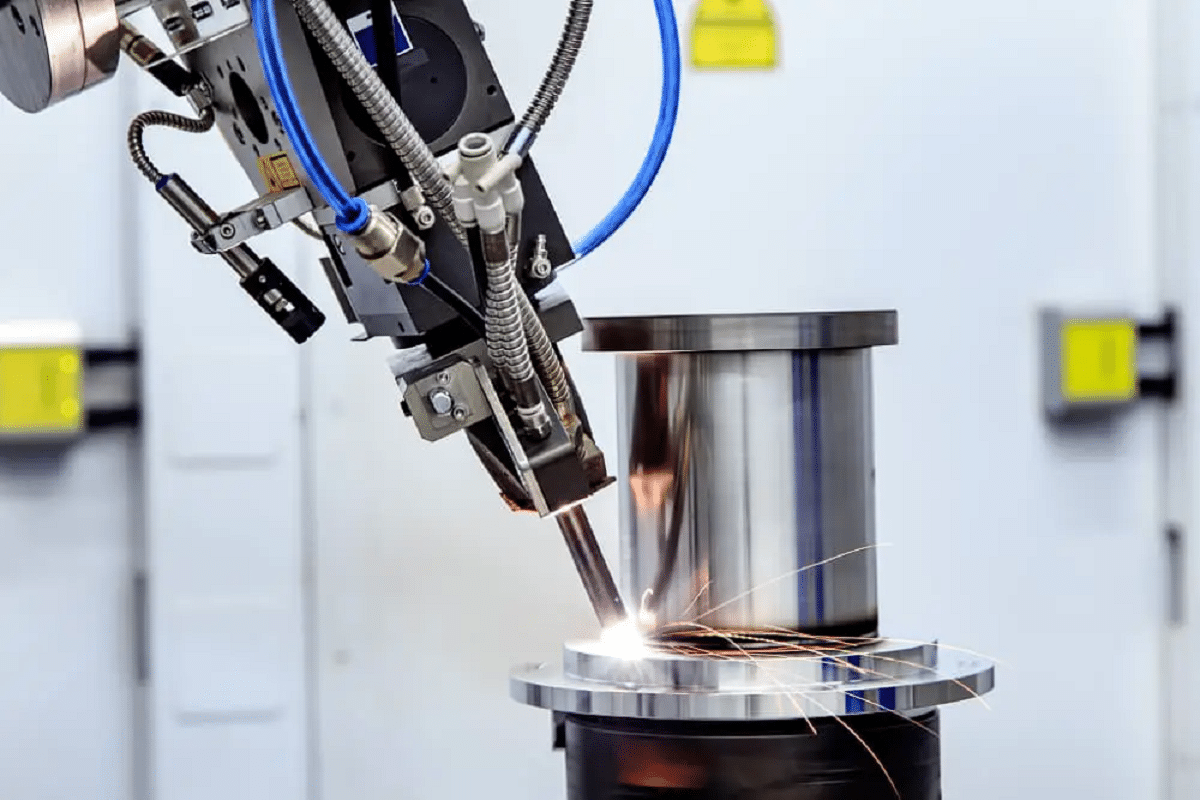Preventing Weld Undercut: Proven Approaches Every Welder Should Know
Preventing Weld Undercut: Proven Approaches Every Welder Should Know
Blog Article
Understanding the Art of Welding: How to Stay Clear Of Undercut Welding Issues for Flawless Construction Outcomes
Efficiency and accuracy are extremely important worldwide of welding, where also the slightest flaw can endanger the structural stability of a made piece. One typical challenge that welders face is undercutting, a flaw that can weaken a weld joint and lead to pricey rework. By understanding the source of undercut welding and implementing efficient strategies to stop it, welders can raise their craft to brand-new degrees of excellence (Preventing weld undercut). In the quest of remarkable fabrication results, grasping the art of welding to stay clear of undercut concerns is not simply a skill however a need for those pursuing excellence in their work.
Comprehending Undercut Welding

To avoid undercut welding, welders must make certain proper welding parameters, such as changing the present, voltage, travel speed, and preserving the right electrode angle. By recognizing the reasons of undercut welding and applying preventative measures, welders can achieve high-quality, structurally sound welds.
Root Causes Of Undercut in Welding
Understanding the aspects that contribute to undercut in welding is essential for welders to create premium, structurally audio welds. Inadequate welding inaccurate or existing welding speed can likewise add to damage. Comprehending these reasons and implementing appropriate welding strategies can help stop damaging issues, making certain strong and long lasting welds.
Methods to Protect Against Undercutting

To alleviate the risk of undercutting in welding, welders can utilize critical welding techniques targeted at improving the high quality and honesty of the weld joints. One reliable method is to adjust the welding specifications, such as voltage, present, and take a trip rate, to make certain proper heat input and deposition. Preserving an appropriate electrode angle and making sure regular traveling speed can additionally assist prevent undercut. Furthermore, utilizing the right welding strategy for the details joint arrangement, such as weave or original site stringer grains, can add to reducing undercutting. Preventing weld undercut.
Utilizing back-step welding strategies and controlling the weld grain profile can likewise help distribute warmth uniformly and decrease the risk of undercut. Routine inspection of the weld joint throughout and after welding, as well as implementing high quality guarantee steps, can assist in discovering and resolving undercutting issues without delay.
Significance of Proper Welding Parameters
Picking and preserving proper welding specifications is vital for attaining successful welds with marginal problems. Welding criteria refer to variables such as voltage, current, travel speed, electrode angle, and securing gas circulation rate that directly affect the welding process. These criteria have to be thoroughly changed based upon the kind of product being bonded, its density, and the welding technique employed.
Proper welding specifications make sure the correct amount of warmth is applied to melt the base metals and filler material uniformly. If the parameters are set too expensive, it can result in extreme warm input, triggering distortion, burn-through, or spatter. On the other hand, if the specifications are as well low, incomplete fusion, absence of infiltration, or damaging might happen.
High Quality Assurance in Welding Operations

Conclusion
Finally, understanding the art of welding needs important source an extensive understanding of undercut welding, its causes, and strategies to avoid it. By making sure proper welding criteria and carrying out quality control methods, flawless manufacture outcomes can be achieved. It is crucial for welders to constantly strive for quality in their welding operations to stay clear of undercut problems and produce top notch welds.
Undercut welding, a typical defect in welding procedures, occurs when the weld see page steel doesn't appropriately fill the groove and leaves a groove or clinical depression along the welded joint.To protect against undercut welding, welders ought to make certain appropriate welding criteria, such as changing the existing, voltage, travel rate, and keeping the appropriate electrode angle. Poor welding incorrect or current welding speed can likewise add to undercut.To reduce the threat of undercutting in welding, welders can utilize critical welding techniques intended at boosting the quality and stability of the weld joints.In verdict, mastering the art of welding needs a detailed understanding of undercut welding, its causes, and methods to stop it.
Report this page